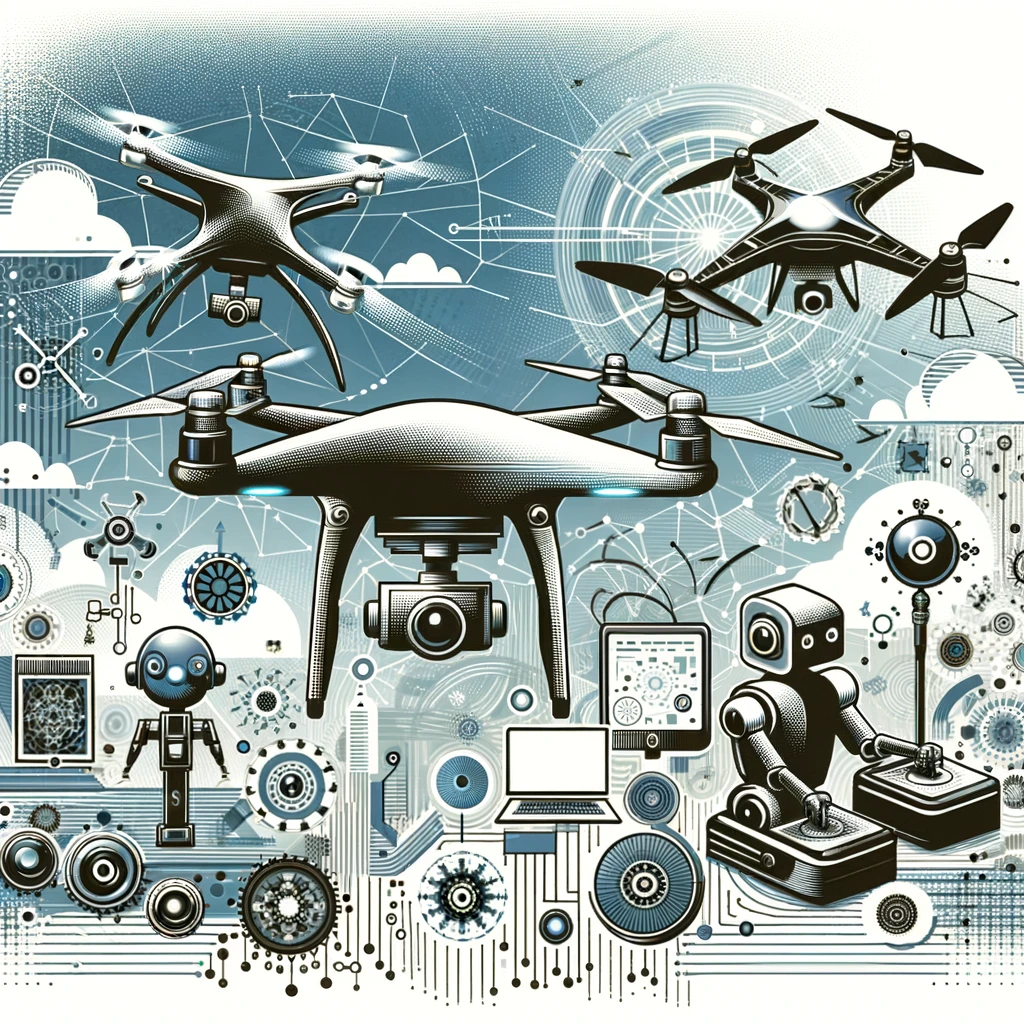Problem Statements
Challenge Accepted: Pioneering Solutions for Tomorrow at HackSavvy-25

Drone Technology
The problem statement will be updated soon. Stay tuned!
Challenge Accepted: Pioneering Solutions for Tomorrow at HackSavvy-25
